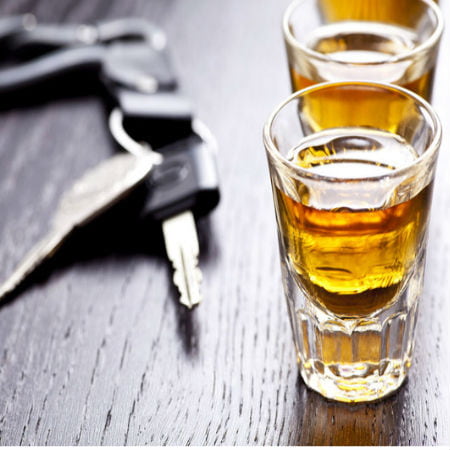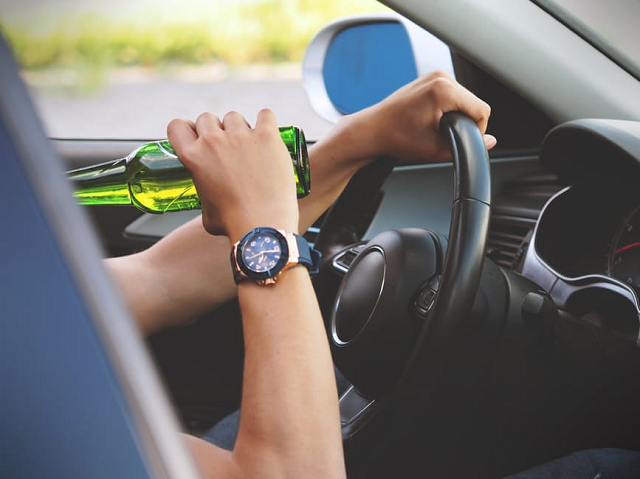
The United States allows driver’s licenses to be issued to drivers as young as fifteen through graduated license programs. In line with that, they continue to prohibit alcohol consumption for those under 21 with the aim to prevent teenage drinking and driving. Yet even the strict laws cannot seem to control the distribution of alcohol to minors.
Teenage Drinking and Driving Risk Factors
To make matters worse, teenagers fail to see the dangers of driving under the influence and go ahead with it anyway. This results in more than 2,000 teens who perished from drunk-driving incidents back in 2011, and a staggering 292,000 were rushed to the emergency room due to injuries sustained. Among these numbers, 74% were found not wearing a seat belt. This makes teenagers the most at risk drivers among all age groups.
Scroll down for video

The Verge
There is a growing concern about the gender that suffered the most fatalities with regard to teenage drinking and driving. It was found that males were more at risk than females. In addition, passenger count proved to be a factor as well since the CDC found out that the number of passengers in an unsupervised vehicle increased the mortality rate.
Drunk-driving accidents: understanding why it happens
It is a fact that teenagers can easily get their hands on alcohol, and that is something the law enforcement continuously tries to control. Because of this issue, a car accident has been the leading cause of teenage death during the weekend. To better understand why so as to curb teenage drinking and driving is to learn just how alcohol alters how the mind and body function.
Alcohol is a depressant drug that slows down the central nervous system, most specifically the cerebrum, which controls both thinking and judgement, prompting people to make risky decisions. Another specific area of the brain that is affected by alcohol is the cerebellum, making the body’s reflex reaction slow down. Teenagers tend to do binge-drinking, not knowing that the more alcohol is introduced to their body, the more unbalanced they become. It should be stressed out that even a drop of alcohol is enough to kill someone who is behind the wheel, so it is better to avoid it altogether.
Teenagers have also been known to engage in risky or irresponsible behavior like failing to wear a seat belt, overspeeding, or having many passengers in the car, and these action have been known to contribute to the risk of getting into a fatal car accident.
But why do teenagers even drink alcohol in the first place? Why are there many cases of teenage drinking and driving? There are numerous reasons behind it. From stress, lack of parental guidance, peer pressure, and even something as trivial as curiosity. Nevertheless, there is never a good reason on why a teen should be drinking and driving. Proper adult guidance is crucial during the teenage years and parents or guardian must play an important role in controlling reckless actions.
Laws on DUI and the consequences of drunk-driving

energepic.com
Fifty states make it illegal for anyone to drive with a blood alcohol concentration (BAC) of .08 percent, and they have made the laws stricter for those under 21, setting a limit of less than .02 percent to even ensuring a zero tolerance policy for underage drinkers. It is important for parents to be familiar with their state laws on the legal BAC level and discuss this with their teenager.
Failure to recognize these laws can result in up to 2 months in jail, a thousand dollar fine and a 6 months to 1 year license suspension. Extreme cases can lead to imprisonment and higher fines, along with other forms of punishment in case there are other people involved—which can be taking driver’s education class or rendering one month of community service. Young people who get themselves involved in teenage drinking and driving situations may even lead to revoked college applications or failure to receive financial aid and will lead to employment problems in the future.
What to do about it
As stated above, parental supervision is crucial during teenage years. Teens can seem to shut themselves from the world, have the urge to rebel, and completely have zero regard for their own safety. When parents or guardians step up and lay down fair rules, the chances of them getting into accidents will be lowered. Parents should see to it that teens undergo graduated license programs; they should also set terms and conditions when it comes to driving on their own, like regulating number of passengers allowed, night driving, seatbelt use; and lastly, they should take advantage of modern technology by getting a GPS tracker.
Trackimo is a reliable GPS tracker in the market that will allow parents to check on their teenagers and monitor their driving practices while on the road so as to prevent teenage drinking and driving. With an easy to use application, they can receive notifications on their child’s whereabouts anytime, anywhere.
Watch the videos below